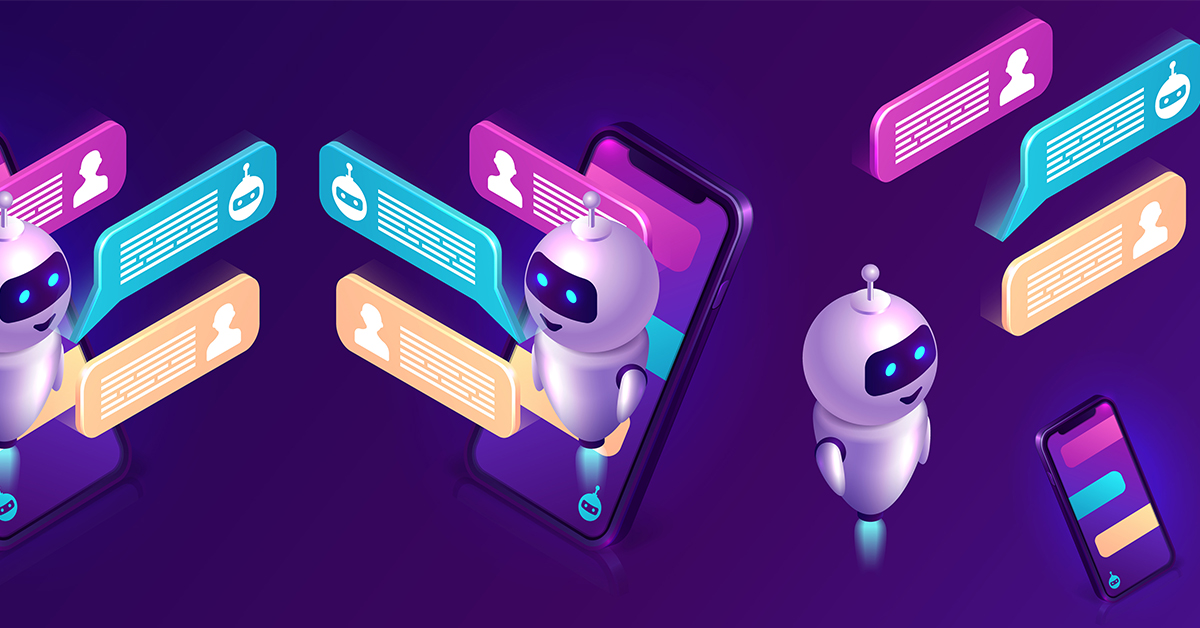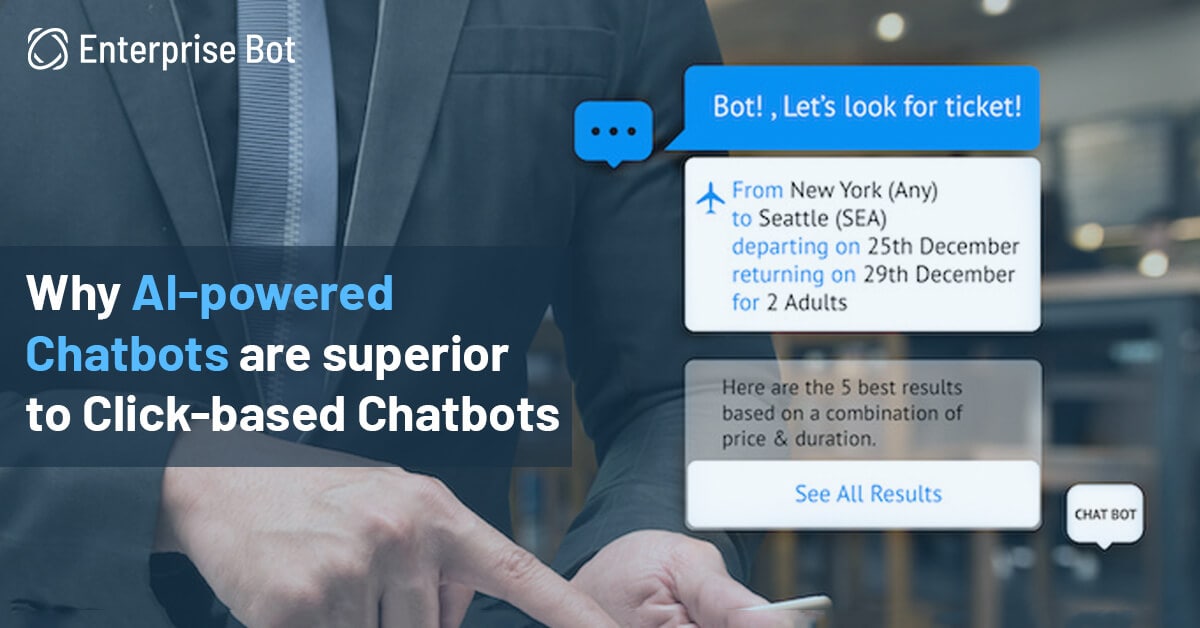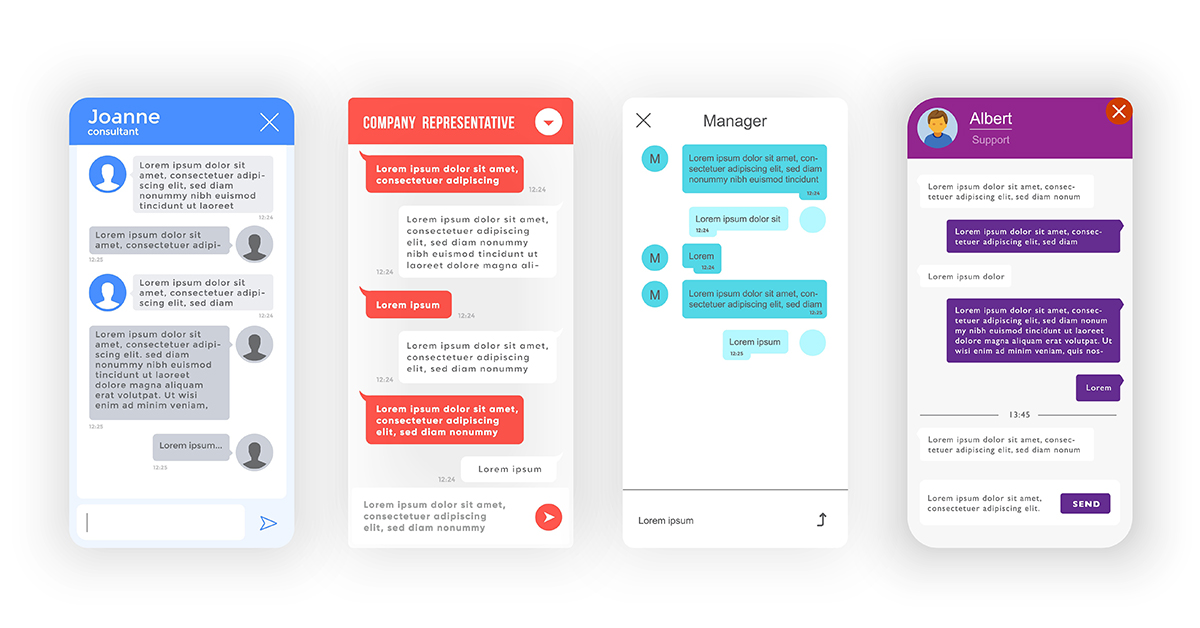A Guide To Calculating Chatbots ROI

AI chatbots are becoming more popular for customer support. Rather than replacing human agents, they are being used to assist them by solving set problems and speeding up resolution time. Additionally, they can improve both customer satisfaction as well as customer support KPIs. The best investment returns and case studies come from using a platform with built-in knowledge such as Enterprise Bot, instead of building a chatbot from scratch. Below is a guide to calculating chatbots ROI.
What Causes High Customer Support Costs?
Before calculating the ROI for chatbots, it is essential to understand why customer support is so costly. Research shows that over 250 billion client service requests are conducted annually, which costs a staggering $1.3 trillion. Data from the Help Desk Institute reveals that the average cost for a minute of live chat is just over $1, while the average session is about $17. The highest costs come from three factors, which are operator salaries, daily costs such as licensing fees, and training and hiring charges.
Using the Right Tool to Make Your Calculations
In order to make accurate estimations, you’ll need to employ a chatbot calculator, and you’ll want to input information such as:
- The number of operators
- Country where the support team is based (helps to know operator salaries)
- The chat ticket and email volume
- Average time needed for resolution
To use an illustration of how this works, let’s say a company with fifty operators gets an average of five thousand emails and chat tickets each month, and it takes about five minutes on average to resolve them. The calculator uses a proprietary formula that would consider the standardized AI resolution times for each industry, as well as the salaries for each country, the ticket count, and the resolution time. The savings would increase each year and the business could handle a certain amount of ticket growth without having to recruit extra human operators.
How to Receive the Best Chatbot ROI
To maximize your return on investment, you’ll need to make sure your chatbots are solving the right issues, their training is optimized, and they are deployed into the correct channels, and can integrate with your back-end-based systems.
- Correct problem solving: Make sure your AI is handling the correct customer inquiries. Don’t make guesses when it comes to the uses cases which are ideal for automation, identify them early using a historical analysis of ticket data.
- Optimize your training: Those who are using contemporary AI platforms which leverage deeper reinforcement learning will have a significant advantage because improvements will be made over time and it can monitor conversations so that it can gain additional skills.
- Correct channel deployment: One of the most common mistakes made by companies is deploying their bots within the incorrect channels. They don’t have to always be within live widgets on websites, but may also be deployed within social media, email, voice platforms, and messaging sites. Chatbots work best when launched on channels that have high resolution time and volume.
Chatbots should also be empowered to completely resolve tickets while deflecting others to different channels through the integration of CRM (Customer Resource Management) along with eCommerce and order management.


